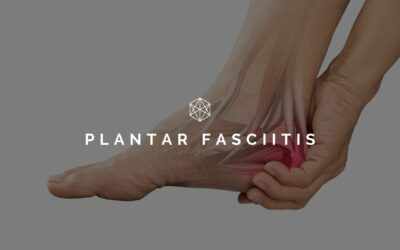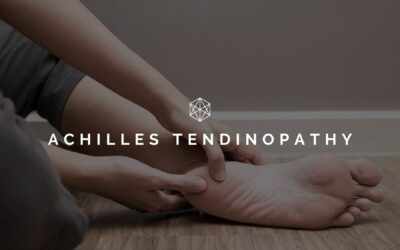Muscle tears can happen to virtually any of the muscles in your body and the treatment approach to them is the same regardless of which muscle is involved.
What are muscles?
Muscles are made up of bundles of muscle fibres that contract and relax, which shorten the muscles (concentric contraction) or lengthen the muscles (eccentric contraction). They are attached onto your bones by strong cords, known as tendons. Your muscles are placed strategically over your joints so that when they contract and relax, the joint moves. So for example, your biceps (the bulky muscle above your elbow) bends the elbow, the quadriceps (the big muscle at the front of your thigh) straightens your knee and so on. In other words, your muscles are what make you move.
How do muscle tears occur?
Muscles get torn if you over stretch them or over-exert them by working them too heavily. In most cases, you feel the pain immediately but in the case of milder tears the pain can be obscured until after you stop. When a muscle tears, the fibres of the muscles literally tear apart. There are different grades of muscle tears, depending on how many fibres are injured. A complete tear can happen, when the muscle is literally torn in two. This type of tear usually requires surgery to stitch the ends together. Luckily, this is rare enough and most muscle tears are incomplete i.e. some, but not all of the fibres are torn. This is also termed a muscle strain.
Muscle tear recovery
When a tear/strain occurs, the torn fibres bleed. Then the area gets inflamed and hot. Inflammation is often thought of as being a bad thing, but in fact it is the body’s way of healing your injury. Extra blood flows into the area, and all kinds of complicated chemical reactions occur. This results in a ‘mopping up’ process, where the excess bleeding is cleared away and new muscles fibres are formed. This bridges the gap between the torn ends, like a scar. This ‘scar tissue’ is not as flexible as the rest of your muscle, and eventually needs to be stretched so that it doesn’t restrict your muscle and prevent it from working properly.
What can you do to assist muscle recovery?
So what can you do to help the process along? Initially when you feel the tear, you need to rest up completely until the internal bleeding stops – this can take a few hours. In the next 2 to 3 days, it may feel hot and sore, so icing it and putting on a compression bandage helps. Taking anti-inflammatory tablets can also help to reduce the nasty side effects inflammation 24-48 hrs after injury. Once the severe pain is gone, you can start to stretch the muscles gently, aiming for full flexibility. You can then start to exercise the muscles. Initially, the muscles will feel quite weak, but you can build them up gradually, making sure that the exercises don’t hurt the muscles. Your physiotherapist can advise you about the correct exercises to do. Once the muscle feels fairly strong, you can go back training. If you are in a rush to get better, then physiotherapy can speed up the whole process. If you find that the muscle is still ‘twinging’ on you when you do certain things, then you most likely have extra scar tissue in the muscles, which is restricting you. Often, you’ll be able to feel a hard nodule where the scar tissue is lodged. In this case, you should see a physiotherapist, who can work on the scar tissue, making it softer and more pliable.
Prevention of muscle tears
To some extent, muscle tears can be prevented. Always warm up before you run at pace and stretch your muscles regularly. In runners, the muscles most commonly strained are the calf muscle, Quadriceps (front of thigh) and Hamstrings (back of thigh) muscles. Be sure to stretch these before and after your run, particularly in cold weather. Remember to do dynamic stretching before you run i.e. walking lunges, walking quads stretches, walking sumos, walking calf stretch etc and sustained stretches after you run (30 second holds 3-4 times on your calves, quads, hamstrings, groin and hips).
If you require treatment from a Chartered Physiotherapist, please contact us.

